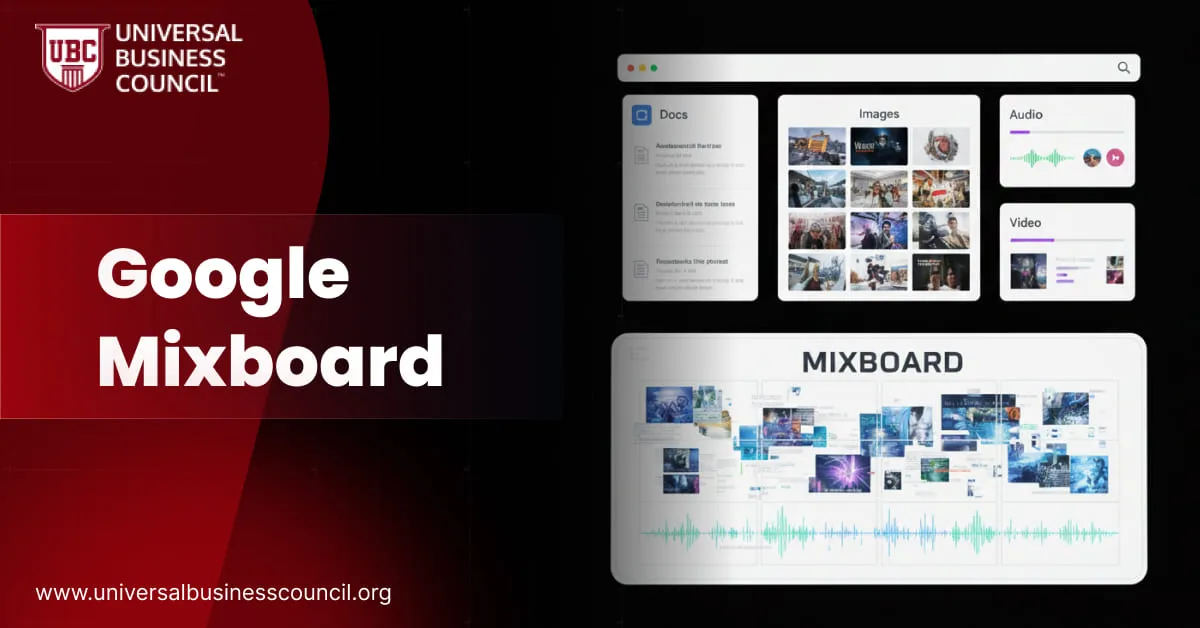
What Is Sentiment Analysis?
Sentiment analysis is a form of natural language processing (NLP). It scans text from social media, reviews, emails, and other sources to figure out the mood or tone behind it. For example:- “I love this phone!” = positive
- “It’s okay, but not worth the price.” = neutral
- “This was a waste of money.” = negative
How Does Sentiment Analysis Work?
AI tools break down sentences and assign a sentiment score. Most tools classify text into:- Positive
- Negative
- Neutral
- Collecting data from platforms like Twitter, reviews, or customer support
- Cleaning and processing the text to remove spam or irrelevant info
- Analyzing sentiment using AI models
- Summarizing results with dashboards or reports
Why Is Sentiment Analysis Important for Marketers?
Marketing is not just about what you say—it’s also about how people react. Sentiment analysis helps you track reactions in real time. Here’s why it matters:- Quick feedback: Know how people feel right after a campaign launch
- Brand health: Monitor public opinion about your company
- Crisis management: Spot and address negative sentiment before it grows
- Customer insight: Learn what customers like or dislike
- Competitive analysis: See how people feel about your competitors
How Marketers Can Use Sentiment Analysis
Monitor Brand Reputation
Track what people are saying about your brand across platforms. If there’s a spike in negative sentiment, you can investigate and respond before it becomes a bigger issue.Improve Campaign Messaging
Analyze how people react to different headlines, captions, or ad creatives. Use this feedback to fine-tune your message for better impact.Analyze Product Feedback
Use sentiment analysis on reviews and support tickets to understand what customers love or complain about. This helps with product development and positioning.Measure Influencer Impact
Check the sentiment around influencer posts tied to your brand. Are they generating excitement or criticism? This helps you pick the right partners.Stay Ahead of Competitors
Track competitor mentions and see how the audience responds. If their new launch gets negative feedback, learn from it and adjust your approach.Use Cases of Sentiment Analysis in Marketing
| Use Case | Source of Data | Marketing Benefit |
| Brand monitoring | Social media, news articles | Detect mood shifts, handle PR early |
| Campaign feedback | Comments, shares, replies | Adjust messaging in real time |
| Product reviews | E-commerce, forums | Discover product strengths or flaws |
| Influencer partnerships | Post reactions and replies | Evaluate influencer fit and trust |
| Competitor analysis | Social listening tools | Find opportunities to stand out |
Table 2: Sentiment Trends and Action Plan
| Sentiment Trend Detected | What It Means | Recommended Action |
| Rising positive mentions | Audience is engaged and satisfied | Boost similar content or promotions |
| Negative feedback spike | Something went wrong | Investigate issue and respond fast |
| Neutral feedback trend | No strong opinions being shared | Improve value or messaging clarity |
| Positive reviews falling | Brand perception is weakening | Rebuild trust with focused messaging |
| Competitor sentiment drops | Their audience is unhappy | Promote your strengths in comparison |
Best Practices for Using Sentiment Analysis
- Combine sentiment with volume. A few angry comments don’t mean much unless they’re part of a bigger trend.
- Always check the context. AI isn’t perfect and may misread sarcasm or jokes.
- Use it to guide, not replace, human judgment.
- Pair sentiment data with action. Knowing how people feel is just the start—responding matters more.
Upskill for Smarter Insights
Want to go deeper with sentiment data? Learning AI and data handling can give you a big edge. These certifications are a good place to start:- Deep Tech Certification: Learn how AI models process language and sentiment
- Data Science Certification: Build data pipelines and analyze large volumes of text
- Marketing and Business Certification: Use sentiment insights to shape strategy and brand positioning




Leave a Reply